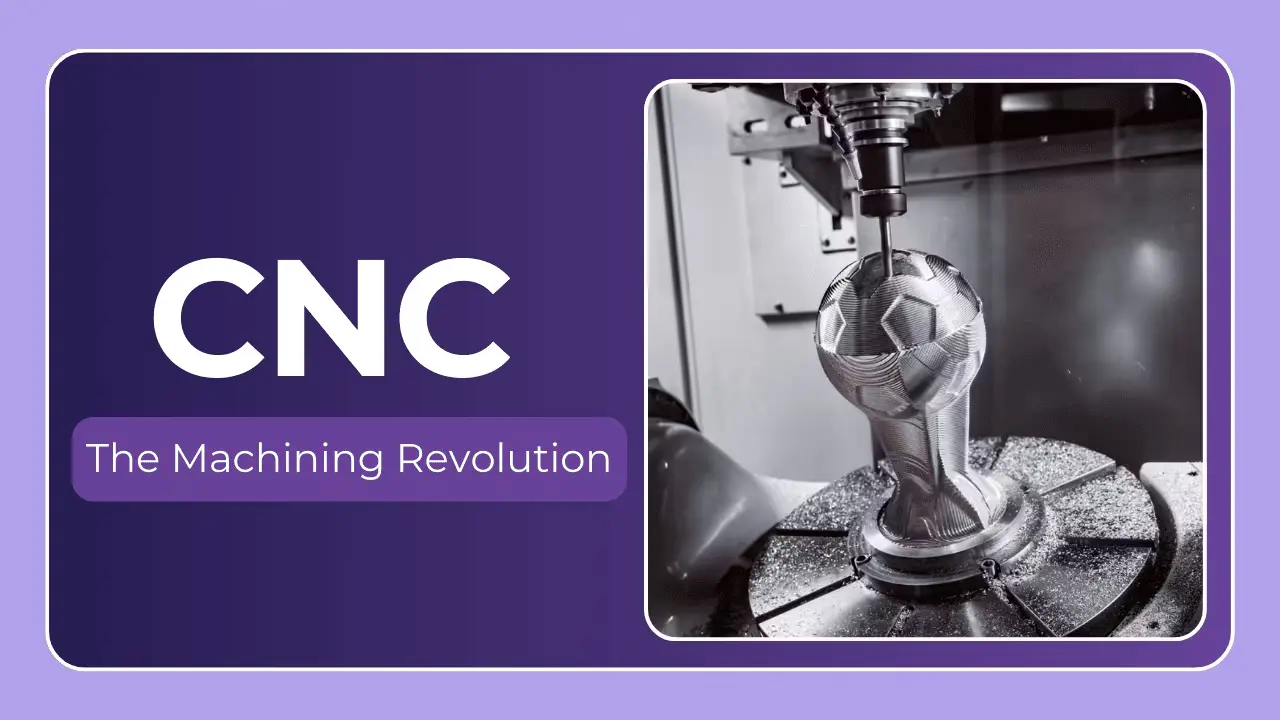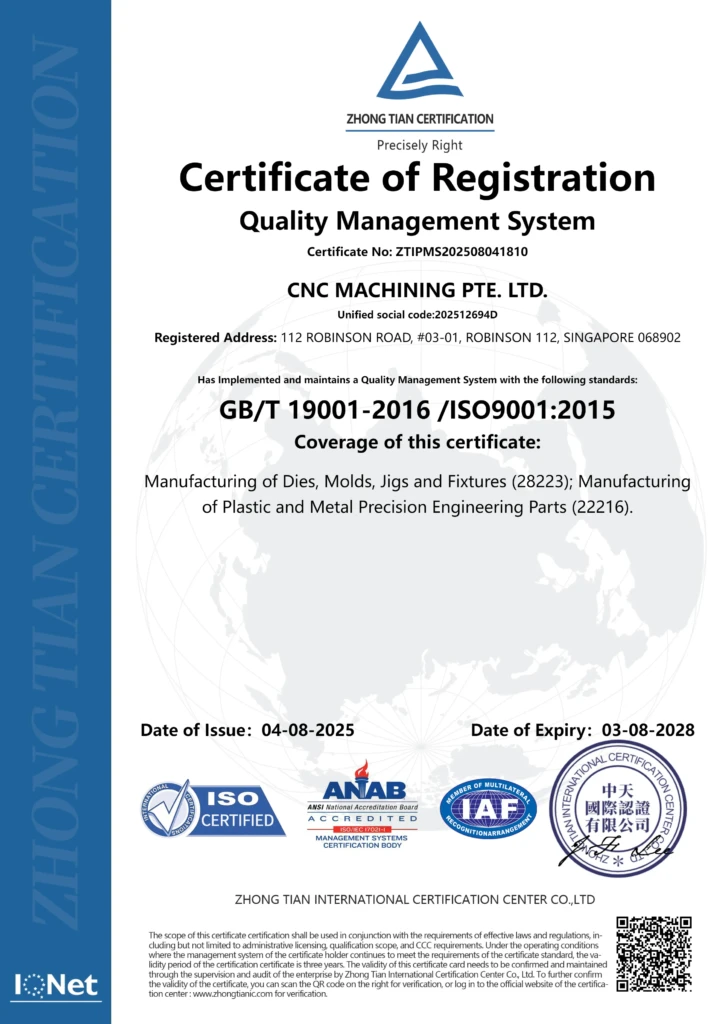Diving Deep into CNC Foam Machining: A Comprehensive Guide
CNC (Computer Numerical Control) machining has revolutionized manufacturing across numerous industries. While often associated with metals and plastics, its application to foam materials is gaining significant traction, unlocking possibilities for intricate designs, rapid prototyping, and efficient production. At CNC MACHINING PTE. LTD, we’ve seen firsthand the growing demand for precise foam machining, offering solutions for diverse applications across aerospace, automotive, medical, architectural modeling, and beyond. This guide will delve into the world of CNC foam machining, covering materials, processes, advantages, design considerations, and common applications.
Understanding Foam for CNC Machining
Not all foams are created equal when it comes to CNC machining. The choice of material is paramount and directly impacts the achievable detail, surface finish, and overall success of your project. Here’s a breakdown of commonly used foams:
- Polyurethane (PU) Foam: Perhaps the most widely used foam for CNC machining due to its versatility, range of densities, and cost-effectiveness. PU foams are available in flexible, rigid, and semi-rigid varieties. Rigid PU foams are preferred for detailed parts and structural components.
- Polystyrene (PS) Foam: Known for its low cost and excellent insulation properties. Expanded Polystyrene (EPS) and Extruded Polystyrene (XPS) are common types. XPS offers a smoother surface and higher density, making it slightly more suitable for machining intricate details. However, PS foams can be brittle and produce a lot of dust.
- Polyethylene (PE) Foam: Offers excellent chemical resistance and flexibility. Useful for applications requiring cushioning or sealing. Lower density PE foams are challenging to machine cleanly.
- Polypropylene (PP) Foam: Similar to PE, PP foam boasts chemical resistance and is often used in marine applications. It can be machined but requires careful parameter optimization.
- Expanded Polypropylene (EPP): A closed-cell, bead foam offering a good combination of strength, impact resistance, and machinability. Increasingly popular in automotive and packaging applications.
- PVC Foam: Durable, lightweight, and water-resistant. Commonly used for marine applications, signage, and display construction.
Here’s a helpful table summarizing key foam properties for CNC machining:
| Foam Type | Density (kg/m³) | Hardness (Shore D) | Machinability | Cost | Common Applications |
|---|---|---|---|---|---|
| PU (Rigid) | 30-300 | 30-90 | Excellent | Moderate | Molds, prototypes, tooling, display parts |
| PS (EPS) | 10-50 | 20-40 | Fair | Low | Packaging, insulation |
| PS (XPS) | 30-80 | 30-60 | Good | Moderate | Insulation, model building |
| PE | 20-100 | 20-60 | Fair to Good | Low to Moderate | Packaging, cushioning |
| PP | 20-80 | 30-60 | Good | Moderate | Automotive, marine |
| EPP | 20-200 | 40-80 | Very Good | Moderate to High | Automotive, packaging, safety |
| PVC | 50-200 | 40-90 | Good | Moderate to High | Marine, signage, displays |
The CNC Foam Machining Process: A Step-by-Step Look
The core process leverages the same principles as machining metals or plastics, but requires subtle adjustments:
- CAD/CAM Design: Your 3D model is created in CAD (Computer-Aided Design) software. This is then translated into machine instructions using CAM (Computer-Aided Manufacturing) software. Effective CAM programming is crucial for foam machining.
- Fixturing: Securing the foam blank is vital. Traditional machining clamps can crush or distort the foam. Common fixturing methods include:
- Vacuum Fixturing: The most common method, utilizes vacuum pressure to hold the foam securely to a porous base.
- Tape & Adhesive: Double-sided tape or specialized foam adhesives can be used for lighter parts.
- Custom Jigs: For complex geometries, custom-designed jigs made from wood or plastic may be necessary.
- Tooling Selection: Sharp tools are paramount. Foam machining demands specific cutting tools:
- Up-cut Spirals: These pull chips upward, minimizing compression and creating cleaner cuts.
- Down-cut Spirals: Push chips downward, offering better surface finish on the bottom of the part but prone to causing compression.
- O-Flute Tools: Offer a good balance of chip evacuation and surface finish.
- Diamond-coated Tools: For abrasive foams or when exceptional surface finish is required.
- Machining Parameters: This is where expertise truly shines. Optimizing these parameters is key to successful foam machining:
- Spindle Speed: Higher spindle speeds (often 10,000 – 20,000 RPM) are typical, but depend on the foam type.
- Feed Rate: Faster feed rates are often used, but must be controlled to prevent chatter and vibration.
- Depth of Cut: Small depths of cut are preferred to minimize stress on the foam. Often around 0.5 – 2mm per pass.
- Coolant/Lubrication: Generally not used, as it can damage some foam types. However, compressed air can be used to clear chips.
- Post-Processing: Depending on the application, post-processing might include sanding, coating, painting, or assembly.
Advantages of CNC Foam Machining
Why choose CNC foam machining over other prototyping or manufacturing methods?
- Speed & Cost-Effectiveness: Foam is significantly cheaper than metal and easier to machine, resulting in faster turnaround times and lower production costs, especially for prototypes.
- Design Flexibility: Complex geometries and intricate details are readily achievable.
- Lightweight: Foam offers an excellent strength-to-weight ratio, crucial for applications like aerospace and automotive.
- Large Part Capabilities: Larger foam blocks are readily available, allowing for the creation of oversized parts efficiently.
- Reduced Material Waste: Near-net-shape machining minimizes waste compared to subtractive processes with denser materials.
Design Considerations for CNC Foam Machining
Designing for foam machining requires a different mindset than designing for metal. Keep these tips in mind:
- Wall Thickness: Ensure adequate wall thickness to provide structural integrity. Thin walls are prone to bending and deflection.
- Draft Angles: Incorporate draft angles on vertical surfaces to facilitate easy removal of material and improve surface finish.
- Internal Features: Design internal features with accessibility in mind. Consider the tool’s diameter and reach.
- Support Structures: For overhanging features, design support structures or utilize vacuum fixturing to prevent distortion.
- Grain Direction: Consider the foam’s inherent grain direction (if any) and orient your design accordingly to minimize splitting or tearing.
- Minimize Sharp Corners: Rounded corners reduce stress concentrations and improve machinability.
Applications Spanning Industries
The applications of CNC foam machining are remarkably diverse:
- Aerospace: Wing cores, interior panels, ducting, and tooling.
- Automotive: Prototype parts, crash test components, interior trim, and tooling.
- Medical: Surgical guides, prosthetics, orthotics, and anatomical models.
- Architectural Modeling: Scale models, presentations, and design visualization.
- Signage & Display: Large format letters, logos, and custom displays.
- Tooling & Molding: Patterns for casting, molds for composite parts, and jigs and fixtures.
Conclusion
CNC foam machining is a powerful manufacturing process offering a compelling blend of speed, cost-effectiveness, and design flexibility. Choosing the right foam material, optimizing machining parameters, and adhering to specific design guidelines are crucial to unlock its full potential. At CNC MACHINING PTE. LTD, we leverage our advanced five-axis CNC machinery, coupled with years of dedicated experience, to deliver high-quality, precision-machined foam parts for our clients.
Whether you require rapid prototyping, low-volume production, or complex tooling, our team is equipped to handle your project. Contact CNC MACHINING PTE. LTD today to discuss your custom precision machining needs and receive a competitive quote. Let us help you turn your innovative ideas into tangible realities. We’re committed to providing exceptional service and delivering solutions tailored to your specific requirements, offering a one-stop service for all your precision engineering demands.




